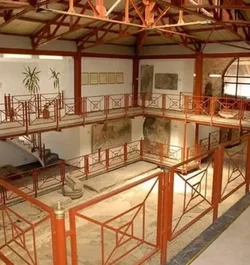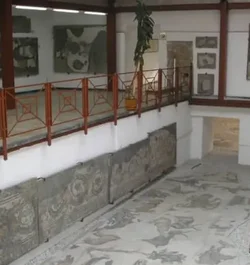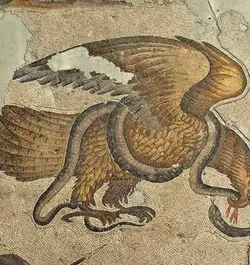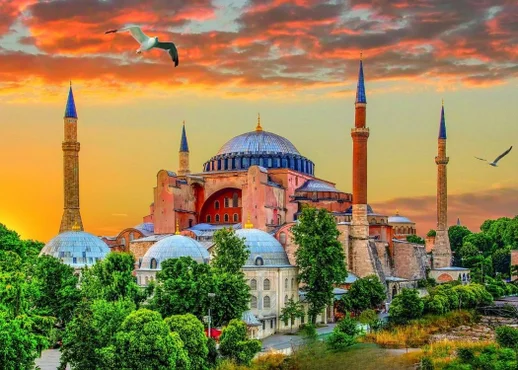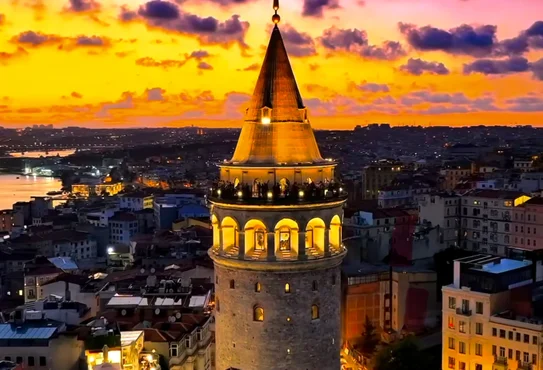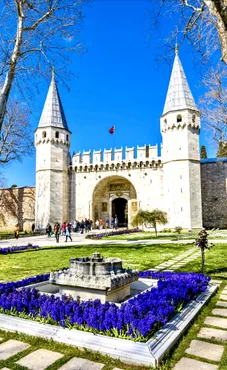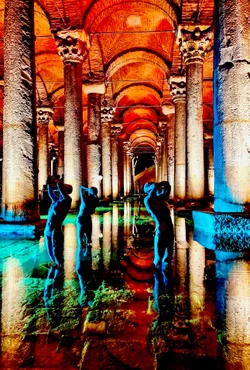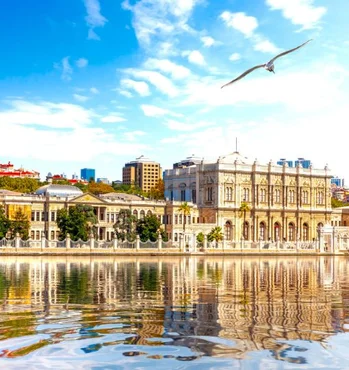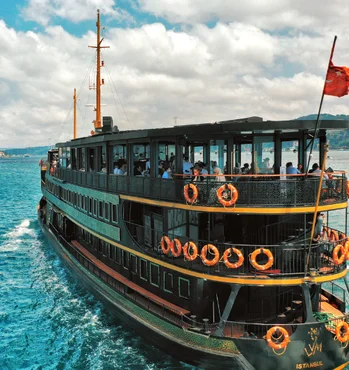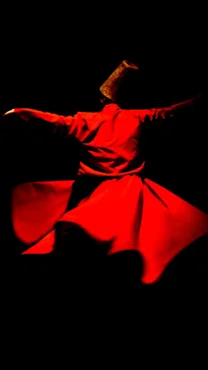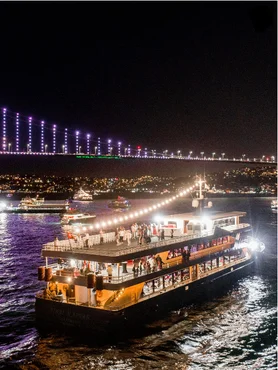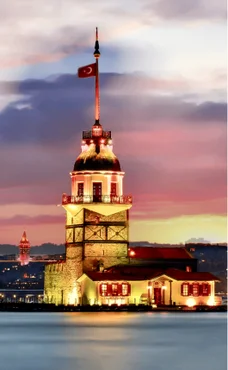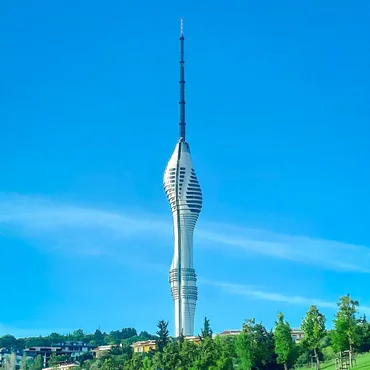Temporarily Closed due to Restoration.
About This Activity
Highlights
- Opportunity to see the best examples of mosaic art!
- There are more than 250 of these large ancient images made up of thousands of small colored pieces waiting for you!
Includes
- Guided Entry to the Great Palace Mosaics Museum
Great Palace Mosaic Museum
One of the most unique styles of art that has strong bonds to the history of Anatolia is the mosaic art. If you ever want to see some of its best examples, there are more than 250 of these large ancient images made of thousands of small colored pieces in the Great Palace Mosaic Museum Istanbul
For this amazing experience and more, Buy Your Pass Now! Istanbul Tourist Pass® is here to make your Istanbul trip an unforgettable experience!
Times & Duration
Temporarily Closed
Where You'll Be
How to Get There?
Getting to the Great Palace Mosaics Museum Entry Ticket is convenient and accessible from various parts of Istanbul. Here’s a guide to help you reach this iconic landmark:
The museum is at the Sultanahmet Square.
To get to Sultanahmet Square, take the T1 Bağcılar-Kabataş tram and get off at Sultanahmet station.
All About the Great Palace Mosaics Museum
Home of Nature, Mythology, and Everyday Life Mosaics
The mosaics, which were discovered in 1935 during excavations in the northeastern cloister of the Eastern Roman Grand Palace, are extraordinary both in terms of their aesthetic quality and the depth of the themes they depict. There is no religious element in the mosaics on display in the Great Palace Mosaics Museum, which date from 450 to 550 AD. The numerous professionals working under the direction of the top masters of the time are undoubtedly responsible for the vibrancy of the representations drawn from everyday life, nature, and mythology.
The museum was established to preserve the Eastern Roman Period mosaic floor treatment that partially survived in the northeastern corner of the colonnaded courtyard of the Great Palace. It is housed inside the Arasta Market in the Blue Mosque Complex. The area covered by the mosaic was about 180 square meters.
In 1953, Istanbul Archaeology Museum assumed control of the Great Palace Mosaics Museum. It became a division of the Hagia Sophia Museum in 1979. The Austrian Academy of Sciences and the General Directorate of Monuments and Museums of the Ministry of Culture signed a protocol in 1982 that began the restoration and conservation process, which was finished in 1997.
The mosaic's 5mm-sized limestone, terracotta, and colorful stone grains are on the larger side. Between the marble pieces, descriptions in the "Opus Vermiculite" fashion were inserted, while the white marble pieces were treated using the "Fishscale" approach. Additionally, the depictions have curves around them. The most impressive mosaics in the museum depict scenes of griffons eating lizards, elephants and lions fighting, mares nursing their colts, geese shepherding children, men milking goats, kids feeding donkeys, young girls carrying jugs, bears munching on apples, and fights between hunters and tigers. The mosaics feature 90 distinct themes and 150 human and animal figurines.
Know Before You Go
- This is not a guided tour. Enjoy discovering the Museum at your own pace by listening to the specially curated audio Guide.
- The QR tickets are only shown when you are in close proximity to the entrance of the Museum.
- You need an Internet connection on your smartphone to get your QR tickets.
- Children will be asked to present their valid passports at the entrance of the museums in order to validate their age.
- You cannot enter with a suitcase.

.jpg)
.jpeg)
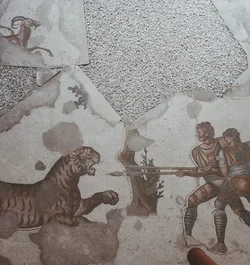
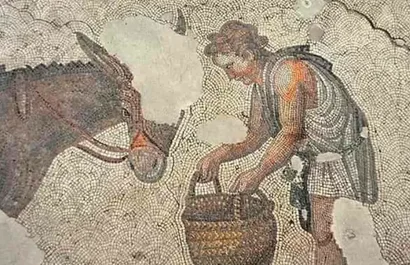
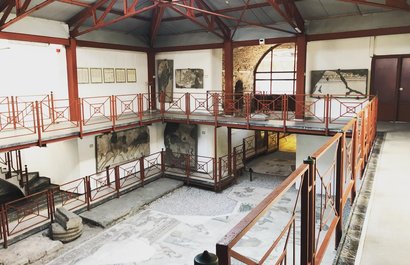
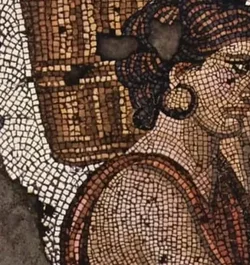
.jpeg)
.jpeg)
